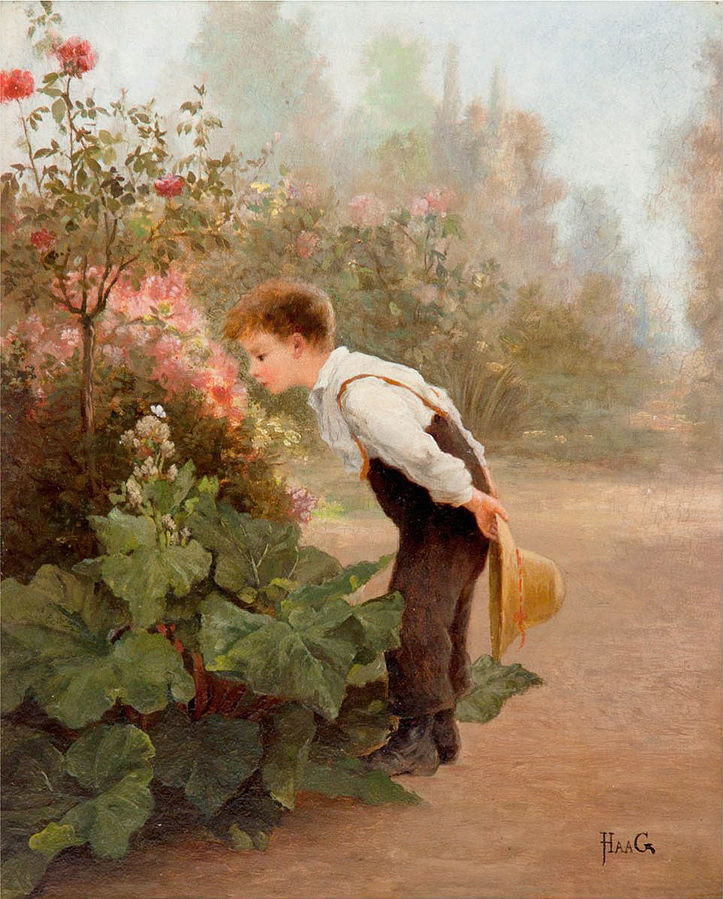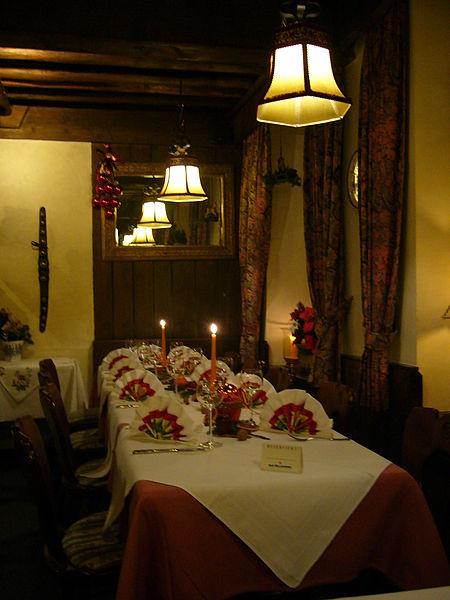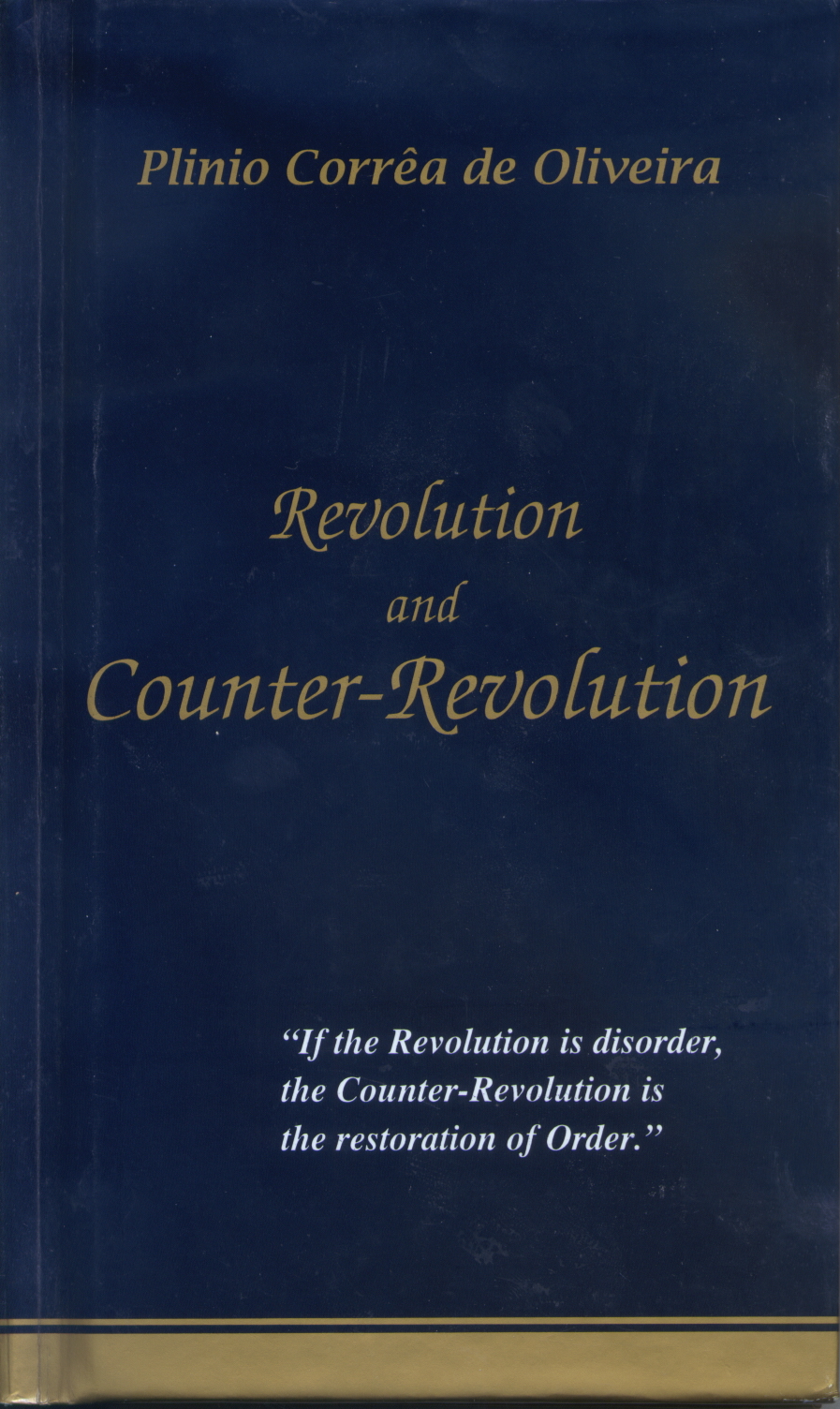CHAPTER X
Having described the complexity and scope of the revolutionary process in the deepest levels of souls and, therefore, in the mentality of peoples, we are prepared to point out the full import of culture, arts, and ambiences in the march of the Revolution.
1. Culture

The 2011 Stuttgart City Library, in Stuttgart, Germany, designed by the Korean architect Eun Young Yi is a 9-story cubed building. Photo by Steffen Ramsaier.
The revolutionary ideas enable the tendencies from which they originate to assert themselves with appearances of acceptability in the eyes of their adherents and others. Used by the revolutionary to shake the true convictions of the latter and thus to unleash or exacerbate the rebellion of their passions, these ideas inspire and shape the institutions created by the Revolution, and are to be found in the most varied branches of knowledge or culture, for it is nearly impossible for any of these branches not to be involved, at least indirectly, in the struggle between the Revolution and the Counter-Revolution.
2. Arts
 Given that God established mysterious and admirable relations between, on the one hand, certain forms, colors, sounds, perfumes, and flavors and, on the other, certain states of soul it is obvious that, through the arts, mentalities can be profoundly influenced and persons, families, and peoples can be induced to form a profoundly revolutionary state of spirit. It suffices to recall the analogy between the spirit of the French Revolution and the fashions created during it, or the analogy between the revolutionary turmoil of today and the present extravagances in fashion and in the so-called advanced schools of art.
Given that God established mysterious and admirable relations between, on the one hand, certain forms, colors, sounds, perfumes, and flavors and, on the other, certain states of soul it is obvious that, through the arts, mentalities can be profoundly influenced and persons, families, and peoples can be induced to form a profoundly revolutionary state of spirit. It suffices to recall the analogy between the spirit of the French Revolution and the fashions created during it, or the analogy between the revolutionary turmoil of today and the present extravagances in fashion and in the so-called advanced schools of art.
3. Ambiences
 Ambiences may favor good or bad customs. To the degree they favor good ones, they can oppose the Revolution with the admirable barriers of the reaction, or at least the inertia, of everything that is wholesomely customary. To the degree they favor bad customs, they can communicate to souls the tremendous toxins and energies of the revolutionary spirit.
Ambiences may favor good or bad customs. To the degree they favor good ones, they can oppose the Revolution with the admirable barriers of the reaction, or at least the inertia, of everything that is wholesomely customary. To the degree they favor bad customs, they can communicate to souls the tremendous toxins and energies of the revolutionary spirit.
Plinio Corrêa de Oliveira, Revolution and Counter-Revolution (York, Penn.: The American Society for the Defense of Tradition, Family, and Property, 1993), Part I, Chapter X, p. 62-64.









